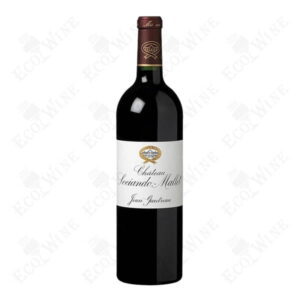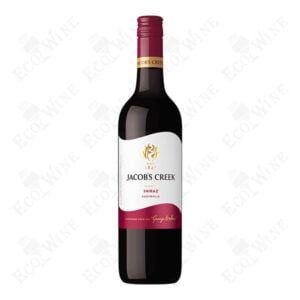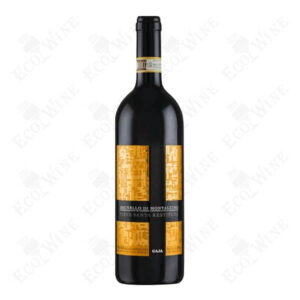Chateau Prieure-Lichine Margaux 2016
RM498.00
| WINERY | Château Prieuré-Lichine |
|---|---|
| GRAPES | Cabernet Sauvignon, Merlot, Petit Verdot |
| REGION | France > Bordeaux > Médoc > Margaux |
| WINE STYLE | Bordeaux Margaux |
| ABV | 13.5% |
A jewel of the Margaux appellation, this red wine is produced by Château Prieuré-Lichine and expresses the very essence of a world-famous terroir. The Priory (or monastery) of Cantenac was founded during the Roman era by the monks of the Abbey of Vertheuil, and its local wines enjoyed a fine reputation from the very beginning. In the 13th century, with the support of Bordeaux’s Pope Clément V, the church vineyards flourished. The first mention of Prieuré growth dates to the year 1444.
With great international interest in the wines of Médoc, vines were completely taking over lands, and in 1745, the Bordeaux Intendance (Royal Administration) classified the wines of Prieuré in the category of third growths within the parishes of Margaux and Cantenac. By 1855, Prieuré was promoted to the 4th Classified Growth in the 1855 Imperial Classification. A century later, the vineyard had shrunk to just one hectare due to various factors such as powdery and downy mildew, phylloxera, and the Great Depression.
In 1951, Alexis Lichine, the Pope of Wine, purchased the estate and renamed it to Château Prieuré-Lichine. Alexis was a renowned winemaker and tireless champion of the wines of Bordeaux, heralding the renaissance of this Margaux estate. In 1999, after half a century of close ties with the Lichine family, the Château was acquired by Ballande group with sights firmly looking forward into the new millenium.
The vineyard was extended by 10 hectares in 2012 with plots located in the commune of Arsac. After soil studies were conducted, the technical team was able to match the rootstock with the grape varietal to exploit the full potential of the terroir. The result is that the grape composition was identical to the blend of the First Wine of Château Prieuré-Lichine. In 2013, the vat room was completely renovated and modernized, including the use of gravity-flow. Château Prieuré-Lichine also has a commitment to environment, joining the High Environmental Value (HVE) system.
This particular red wine, from the great 2016 Bordeaux vintage, is a blend of predominantly Cabernet Sauvignon and Merlot, with a splash of Petit Verdot, that was grown on terraces of Günz-era Garonne gravelly soils that are mostly fast-draining, The grapes were hand-harvested in small crates, sorted on vibrating sorting tables using manual sorting and optical sorting machine. The grapes were not crushed and used gravity-flow to move the juice around the winery, followed by ageing in 50% new and 50% second use French oak barrels.









